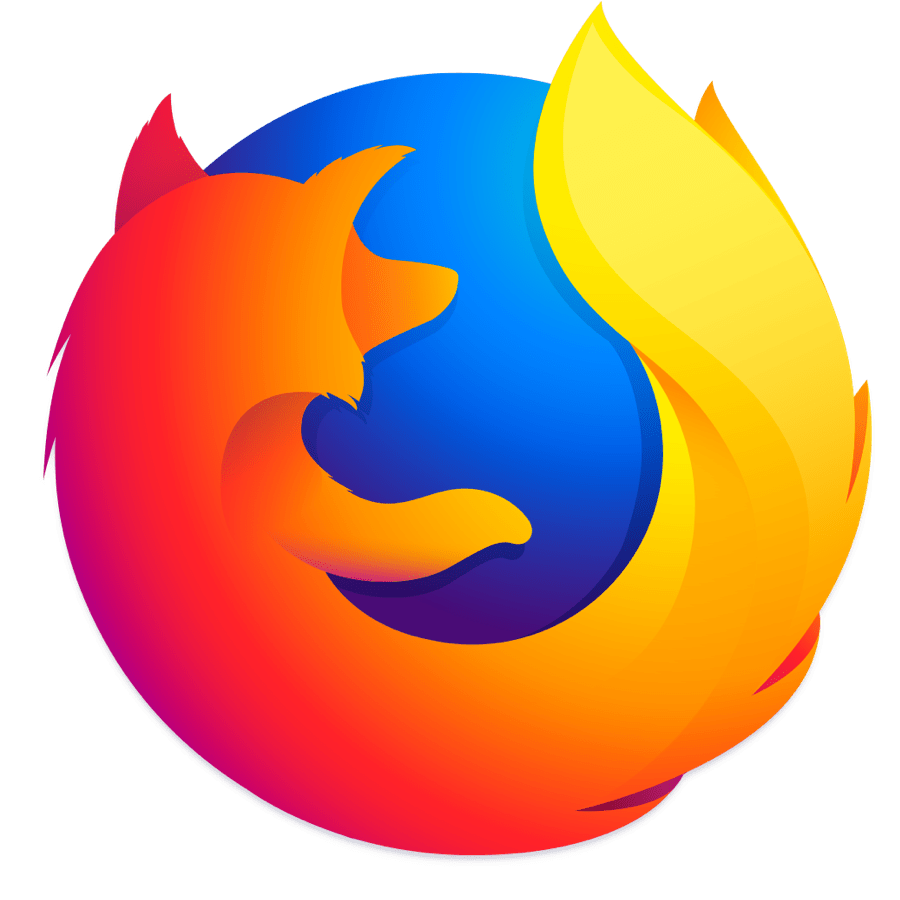Mozilla Firefox 2016‑2019

The legacy code base of Firefox represents a sizable challenge to newcomers like my team and me in Taipei, even though I am excited to eventually work on a browser that I’ve used every day for the past ten years.
I started by picking up the proprietary XUL architecture and its layout quirks, trying my best to make it work. I’ve managed to keep my capability as a hands-on engineer and take on my duty as a manager, at the same time. The Taipei team started by taking part of removing small glitches on the UI, and gradually moving to bigger features like date/time input and form autofill enhancements.
I’ve also given the role of growing a new Firefox for Android team in Taipei, managing five additional Android engineers.
In early 2017, the entire engineering of the company was moved to an umbrella project named “Quantum,” aiming to give the flagship product a performance boost and a slick and modern look. I supervised the team to deliver the refreshed Preferences page and the introductory tour that would introduce the “New Firefox” to new users.
One of the focal points for the new Firefox was to ensure its 60 fps UI performance. I’ve paid particular attention to investigate the approaches, and removed a timeout to make the UI more responsive.
With my leadership on Quantum front-end features and contributions to Firefox, I was recognized as a Firefox “module peer” in the Mozilla open source project hierarchy.
2018 marked the beginning of my transition back to an individual contributor. During the year, my peers and I completed the work removing the legacy XUL widgets (“XBL,” short for “XUL Binding Language”) from the web rendering implementation, unlocking many of the platform optimizations. We have also migrated the Firefox UI front-end away from XBL; the standardized web components features have replaced in-content UIs, with others being replaced later.
Firefox Quantum shipped as version 57, in November 2017.